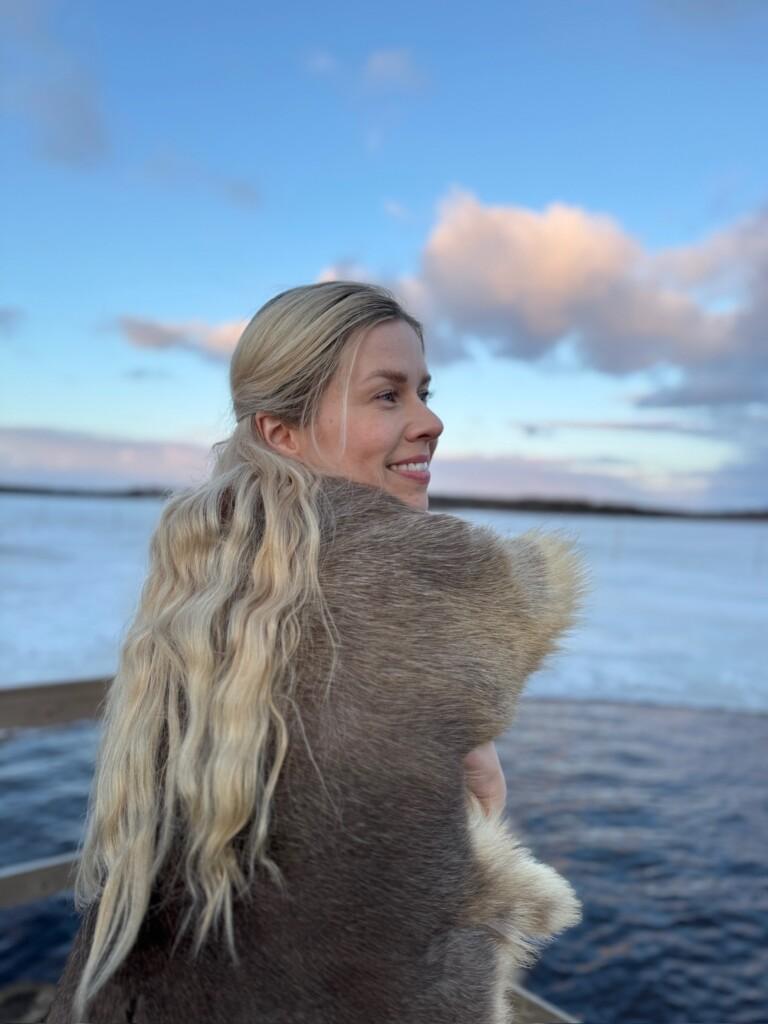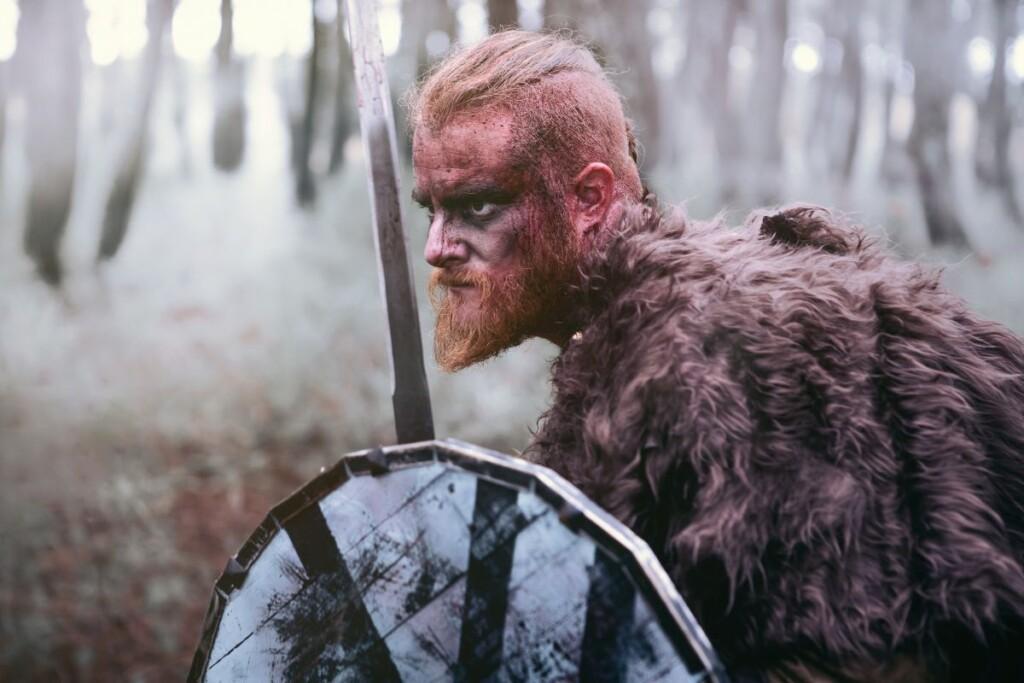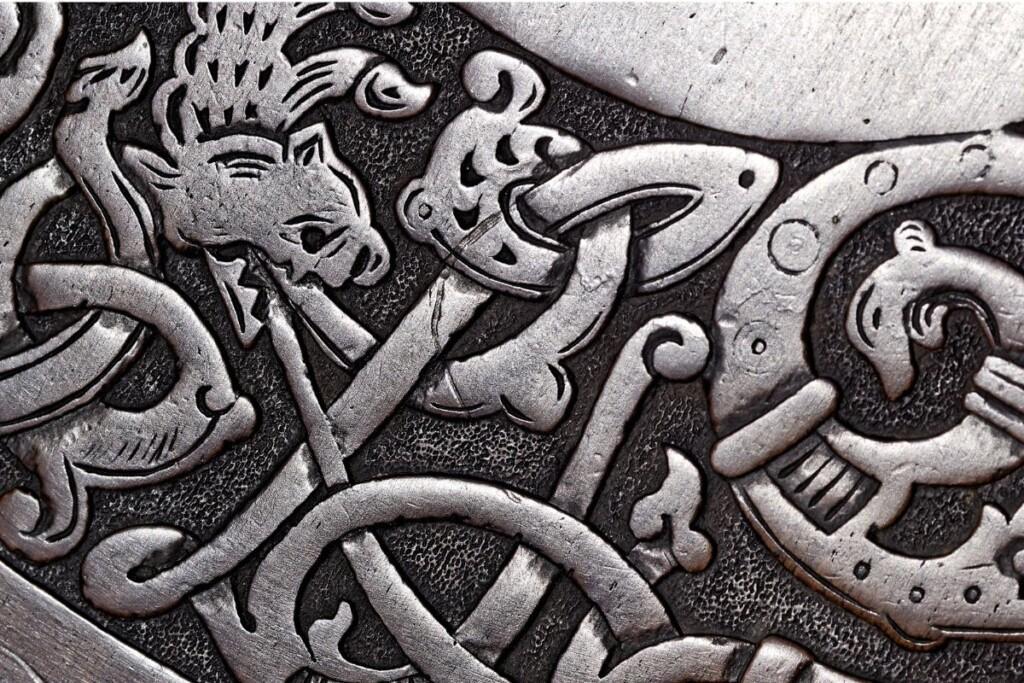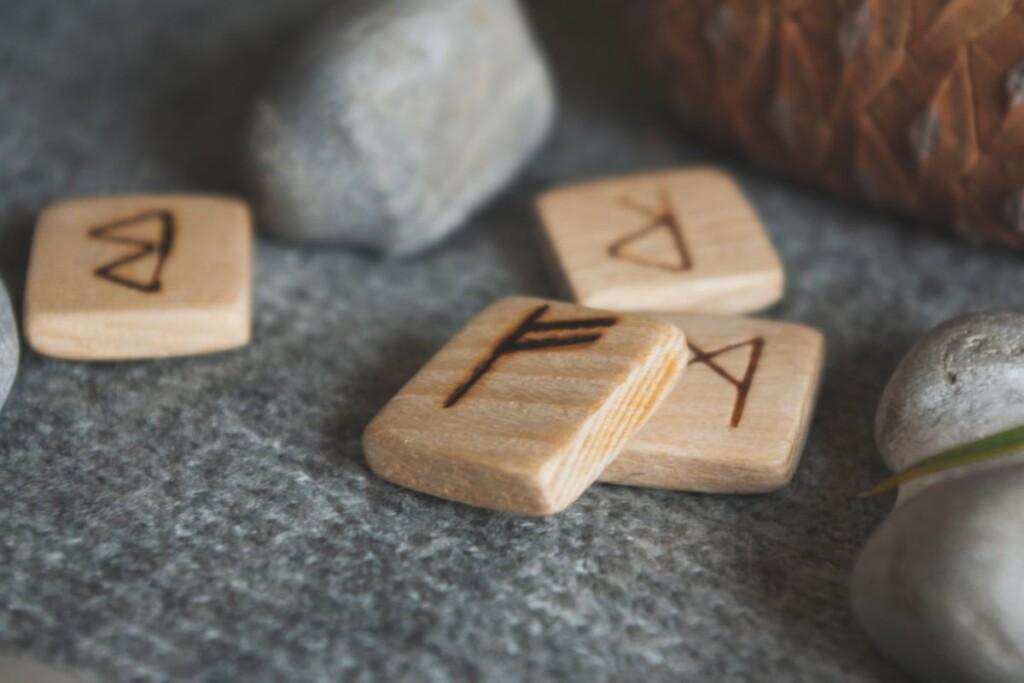What is the first thing that comes to your mind when you think of the Vikings? Fierce warriors from Sweden, Norway and Denmark raiding the coasts of England? Dragon-like ships dominating the North Sea? Or the famous TV show?
But here’s a surprise you might not expect: the Vikings also made their mark on Finland. No, Finland wasn’t a Viking stronghold like Denmark or Norway. The Finns weren’t even Vikings in the traditional sense. The Vikings didn’t settle here like they did in other places, but Finland still played an important a role in the Viking trade and travel. And yes – there are even Viking sites in Finland that you can visit today.
Let’s explore how Finland fits into the Viking saga – and where you can walk in their footsteps. Skål!

Table of Contents
Were Finns considered the Vikings?
Let’s clear this up first: Finns were not Vikings. The word Viking refers specifically to the Norse seafarers from modern-day Norway, Sweden, and Denmark who raided, traded, and explored between the 8th and 11th centuries.
The Finns, on the other hand, belonged to a different cultural and linguistic group known as the Finnic peoples. They spoke a language unrelated to Old Norse and had distinct traditions, belief systems, societal structures, and warfare tactics.
That said, the Vikings and Finns weren’t strangers. They were neighbors, trade partners, and – occasionally – rivals. Archaeological findings suggest that cultural exchange between these groups was far more significant than most people realize.

Was Finland just another country to conquer for the Vikings?
Unlike in other parts of Europe, the Vikings weren’t looking to conquer Finland. They saw it as a great stop along their trade routes.
Swedish Vikings, in particular, had a lot of contact with the Finnish tribes and communities, because of their proximity across the Baltic Sea. Finnish tribes like the Tavastians and Karelians interacted with Viking traders, sometimes as allies in trade, sometimes as rivals over resources or territory. While, naturally, Viking warriors had occasional raids on Finnish settlements, their primary focus was on trade rather than conquest.
Finland was full of valuable resources like fur, walrus ivory, and timber, which were in high demand in Europe and Asia. In return, Finnish tribes got access to foreign goods like silver, glassware, and finely crafted weapons. Some Finnish warriors may have even joined Viking expeditions, integrating into their raiding and trading parties.

Why was Finland a valuable trading route for the Vikings?
You probably guessed it – the land of the thousand lakes (and rivers!) made it a perfect highway for Viking explorers and merchants.
One of their main routes started in Sweden, went through the Åland Islands, and then hit the Finnish coastline. From there, they could sail along the Aura River and continue inland toward Russia.
Turku (Åbo back then) had one of the biggest Viking settlements and was the main trade centre between the Vikings and Russia. The “Varangian Route” connected Scandinavia to the markets of Kievan Rus’ and even the Byzantine Empire and was one of the Vikings’ biggest impacts on Finland.
Another crucial route flowed through the Gulf of Finland into Karelia, connecting them to the rich trade hubs of Novgorod. Travelling by water allowed them to navigate deep into the continent without having to cross difficult terrain on foot.
The trading hubs established along these routes eventually grew into more permanent settlements, forming the foundation of future trade cities in the region.

Did the Vikings leave a mark in Finland?
Absolutely. The Vikings most certainly influenced Finland – and not just by developing trade!
Apart from the trade practices, Finnish tribes adopted some Viking-style shipbuilding techniques, which helped improve their own naval capabilities. The Vikings also introduced advanced metal-working skills, allowing Finnish blacksmiths to create stronger weapons and tools.
Runestones and grave goods in southwestern Finland show clear Viking influence, including imported silver coins, swords, and brooches.
According to a 2015 Yle article, archaeologists have discovered several Viking-age artifacts in Finland – coins, weapons, jewelry – that point to a strong Norse presence and influence. These finds suggest not just fleeting visits, but sustained interaction over generations.
Many of these artifacts have been uncovered in regions like Laitila, Hollola, and Kaarina, which were clearly a part of larger Viking-era trade networks.
Even Norse mythology slipped into Finnish folklore, mingling with local legends in strange and fascinating ways.

Viking legends and Finnish folklore
While the Vikings didn’t dominate Finnish culture, their stories and symbols certainly left an imprint.
For instance, echoes of Norse gods like Thor and Odin appear in some Finnish myths – often together with the native pantheon of spirits and forest gods. Over time, elements of Norse sagas blended with Kalevalan lore, creating a hybrid tradition of magical swords, shape-shifting heroes, and tragic quests.
One popular legend from the Turku region tells of a Viking chieftain who fell in love with a local Finnish woman, leaving behind treasure buried near the Aura River. No one’s found it – yet – but the tale still inspires adventurers to this day.
In Karelia, stories survive of ghost ships that appear during foggy nights – said to be the long-lost vessels of Viking raiders cursed to sail forever.
These legends are more than myths; they show how deeply the Viking age affected Finland’s cultural heritage.

Want to Walk Where the Vikings Walked?
There’re two places in Finland you can visit to have a perfect Viking experience.
- Rosala Viking Centre
Located in the beautiful Turku archipelago, Rosala is a living Viking museum where you can step inside a reconstructed chieftain’s hall, try your hand at Viking crafts, and learn about everyday life during the Viking Age. It’s immersive, educational, and perfect for families and history lovers. - Rakinkotka Island
Off the south-eastern coast near Kotka, this island retreat lets you experience the Viking way of life in a serene setting. You can dress like a Viking, sleep in traditional dwellings, and even participate in ancient-style feasts. It’s not just a visit – it’s a time-traveling experience that will stay with you long after the boat ride home.
Both destinations offer a unique peek into the Viking world – through a distinctly Finnish lens.
In conclusion…
So, were there Vikings in Finland?
Not exactly. Finland might not have been a Viking homeland, but it was an essential part of their network connecting Scandinavia, Russia, and beyond.
The Vikings’ impact on Finland was more about trade and cultural exchange than battles and conquest. Their influence can still be seen today in Finnish history, language, and archaeology. The legacy of the Viking era is woven into Finland’s past, reminding us that the reach of these legendary seafarers went far beyond their usual conquests. So next time you think about the Vikings, remember that their legacy extends far beyond their legendary raids!


Rob Billet
Friday 25th of April 2025
Wht did you omit the 7 Vikinkiravintola Haralds?
Linda H. Shepard
Friday 25th of April 2025
This was a very interesting and educational article which was also enjoyable! Thank you for sharing!
Varpu
Tuesday 29th of April 2025
Thank you so much!!